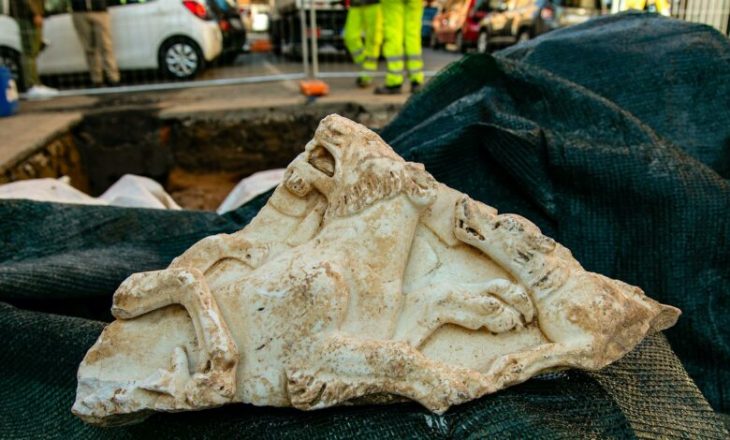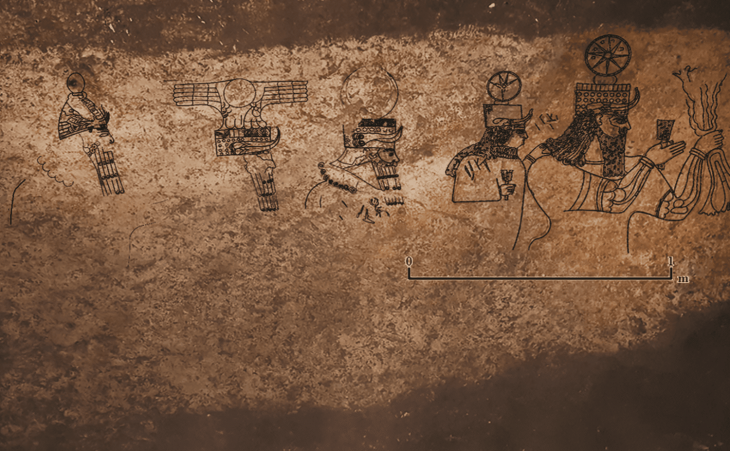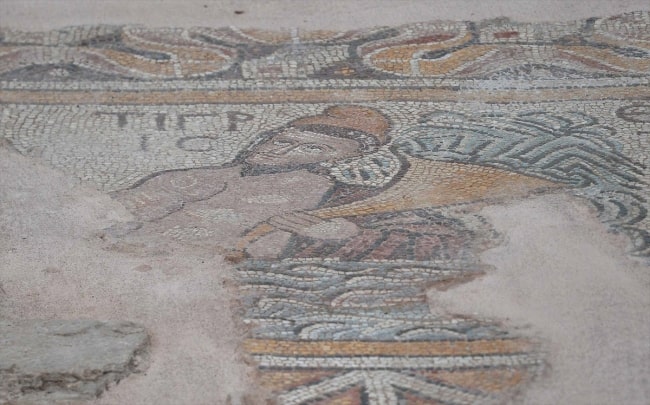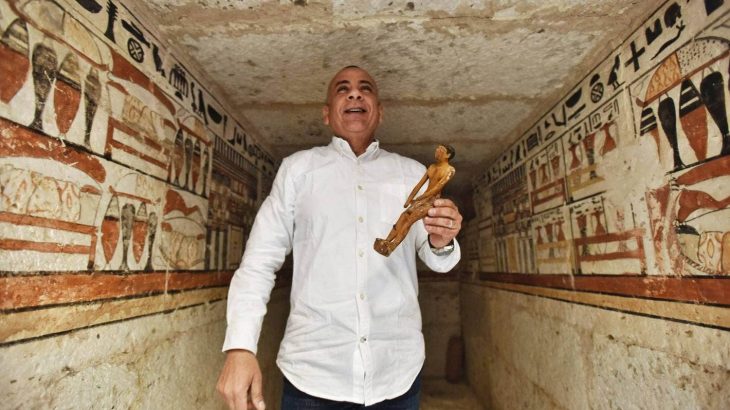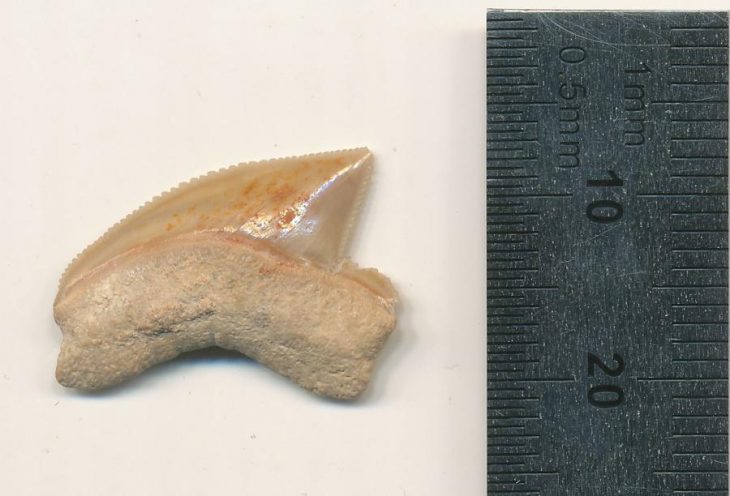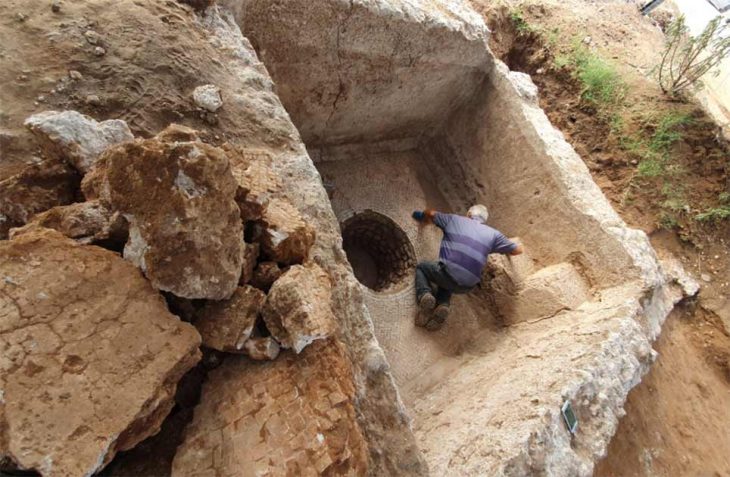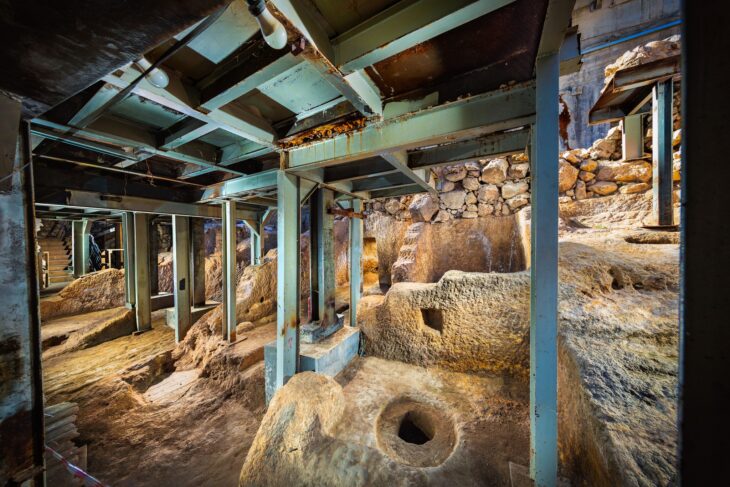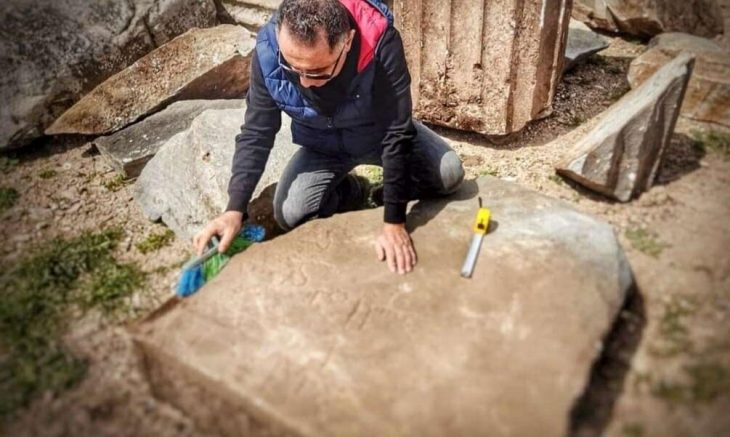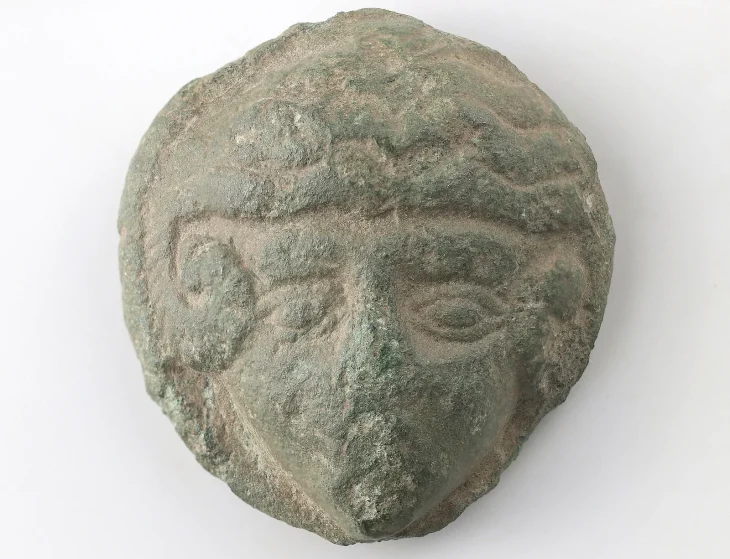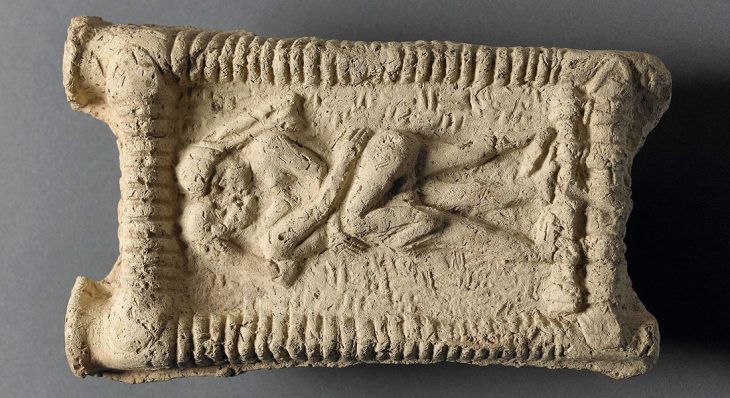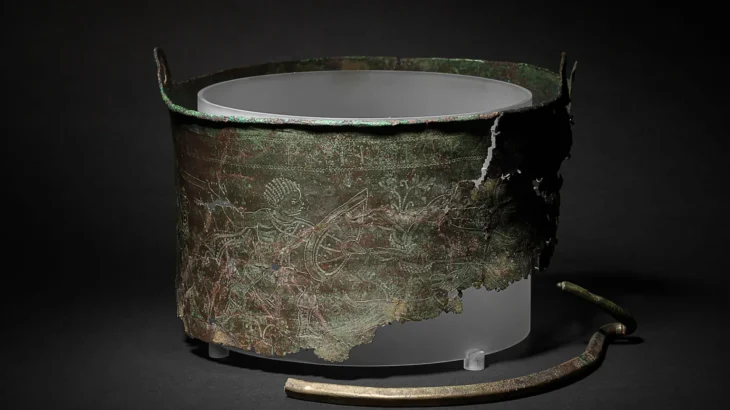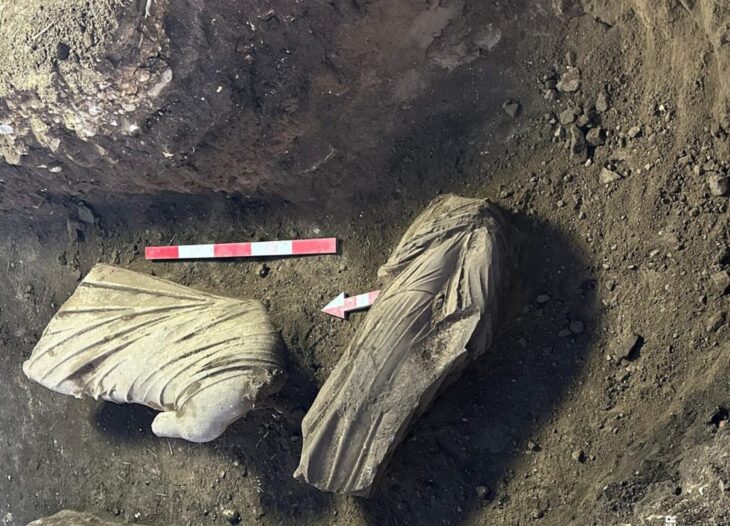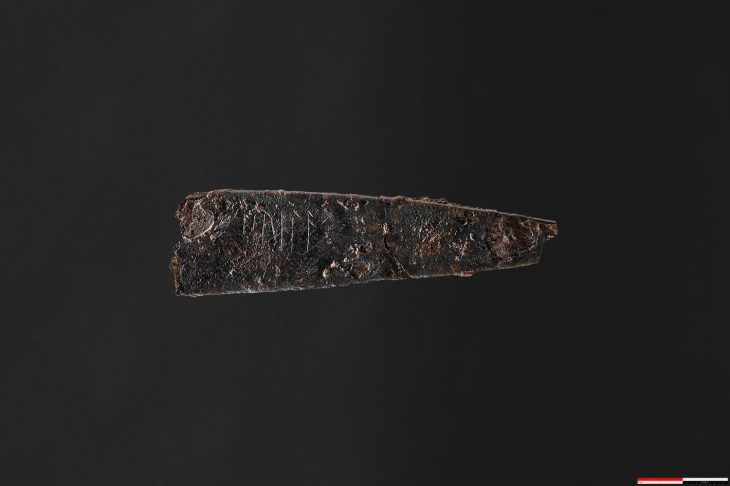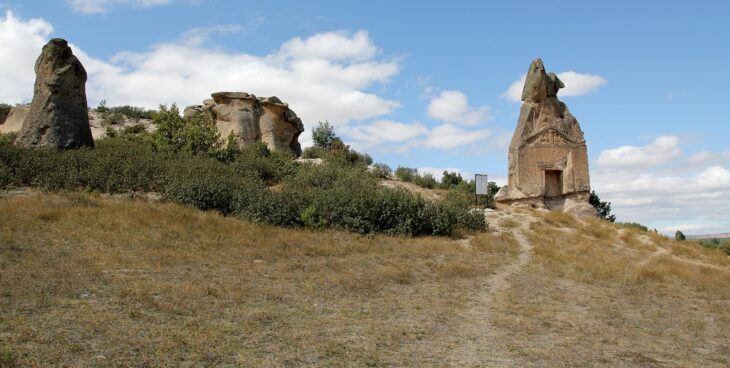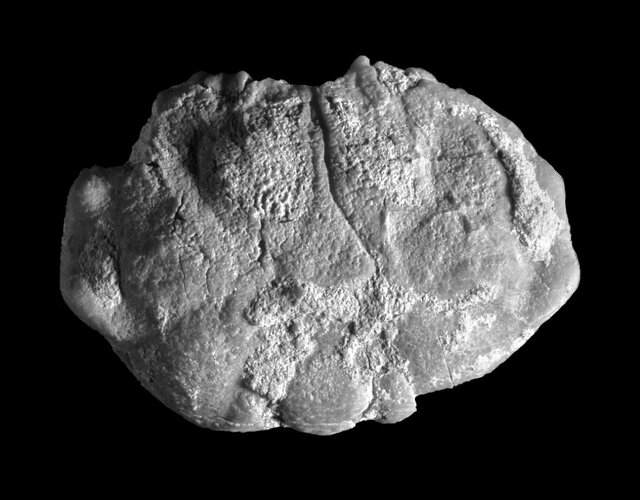Archaeologists in the famous ancient Roman city of Pompeii, one of the world’s most iconic archaeological sites, have revealed extraordinary finds, including lavish frescoes in a grand colonnaded hall and a decorated counter in an ancient tavern.
Located near modern-day Naples, Italy, Pompeii was destroyed and buried under ash when Mount Vesuvius erupted in 79 A.D., preserving its buildings and artifacts for future generations to explore. Because of the well-preserved streetscapes and homes, the Pompeii ruins provide a unique window into life during Imperial Rome’s heyday, that allows us to imagine what life must have been like before tragedy struck.
Recent findings in Regions IX and V, which feature detailed scenes of banquets, seafood, and daily commerce, highlight the city’s artistic brilliance and social vibrancy while advancing preservation efforts at the historic site.
Archaeologists uncovered an oecus, or colonnaded hall, in Region IX, within a large house. The space is adorned with frescoes of extraordinary quality, created in the Second Pompeian Style.
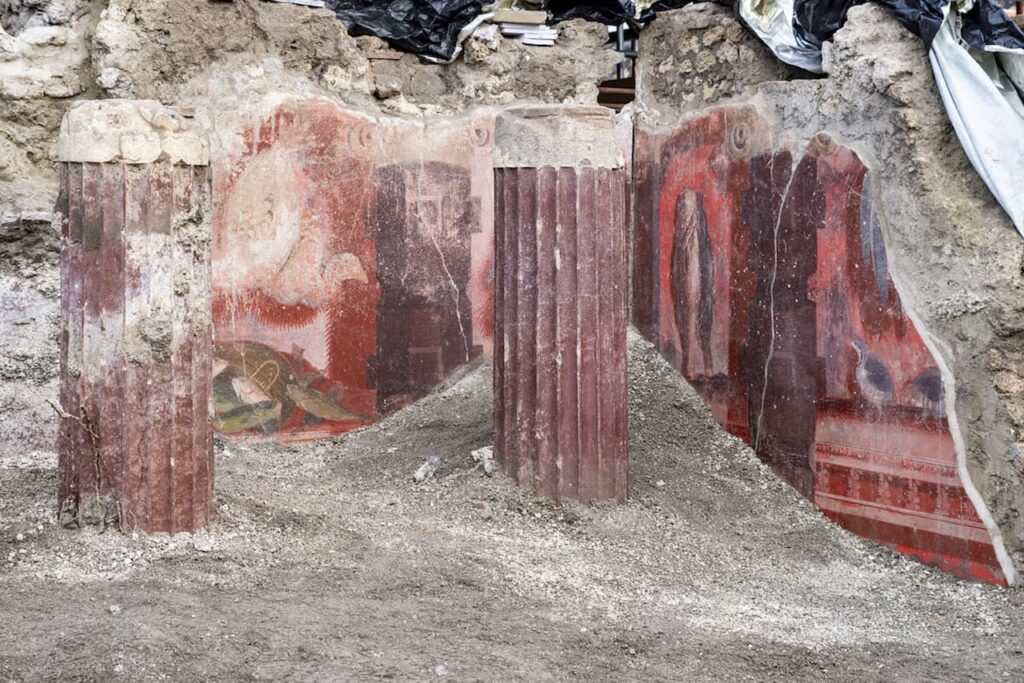
Vibrant still-life hunting and fishing scenes are framed by a trompe-l’oeil colonnade, a technique that gives the impression of depth. Animals such as chickens, waterfowl, partridges, and a boar are depicted alongside baskets filled with seafood, including bluefish, squid, and shellfish.
The frescoes, painted against a vivid red background, highlight the significance of food in the social gatherings of the time and evoke the splendor of Roman banquets.
These pieces of art are part of a larger endeavor to protect Pompeii’s artifacts. More than 13,000 areas, including residences, public spaces, and sacred buildings, are included in the site. To ensure long-term sustainability, archaeologists are enhancing drainage systems and stabilizing areas where excavations meet buried sections.
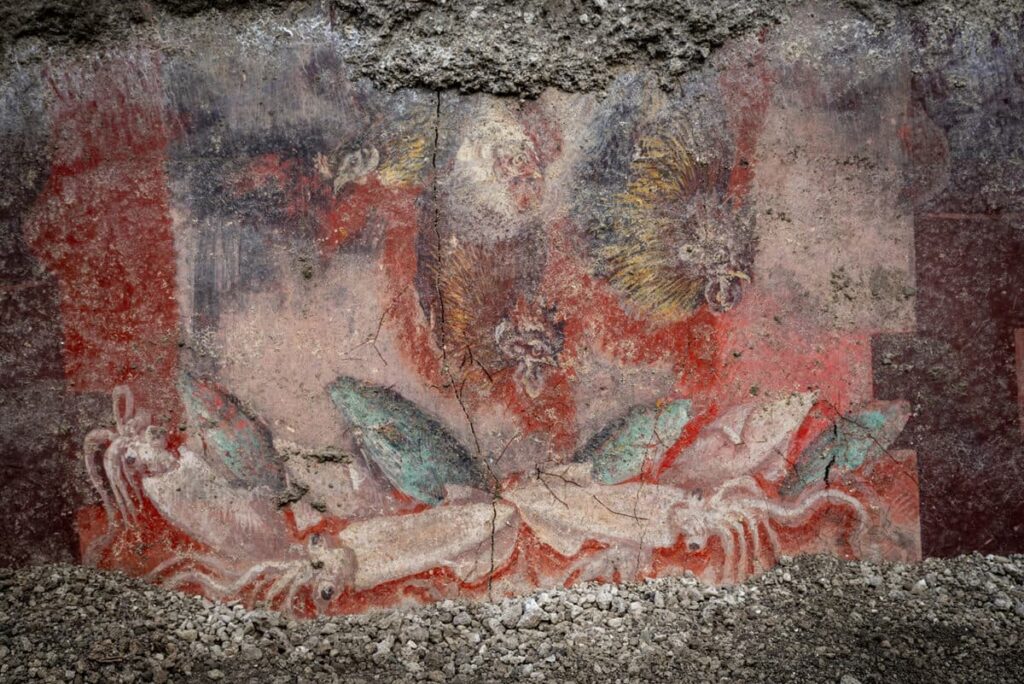
In the meantime, after recent stabilization and excavation work, one of the most impressive examples of a Thermopolium—the Roman equivalent of a tavern or fast-food restaurant—has reopened in Region V.
This site stands out for the decoration of its counter, where frescoes of notable quality have been discovered, including images of a Nereid riding a hippocampus and animals that were likely cooked and sold at the establishment. The vibrant frescoes provide a rare glimpse into ancient Roman cuisine and the bustling daily life of commerce.
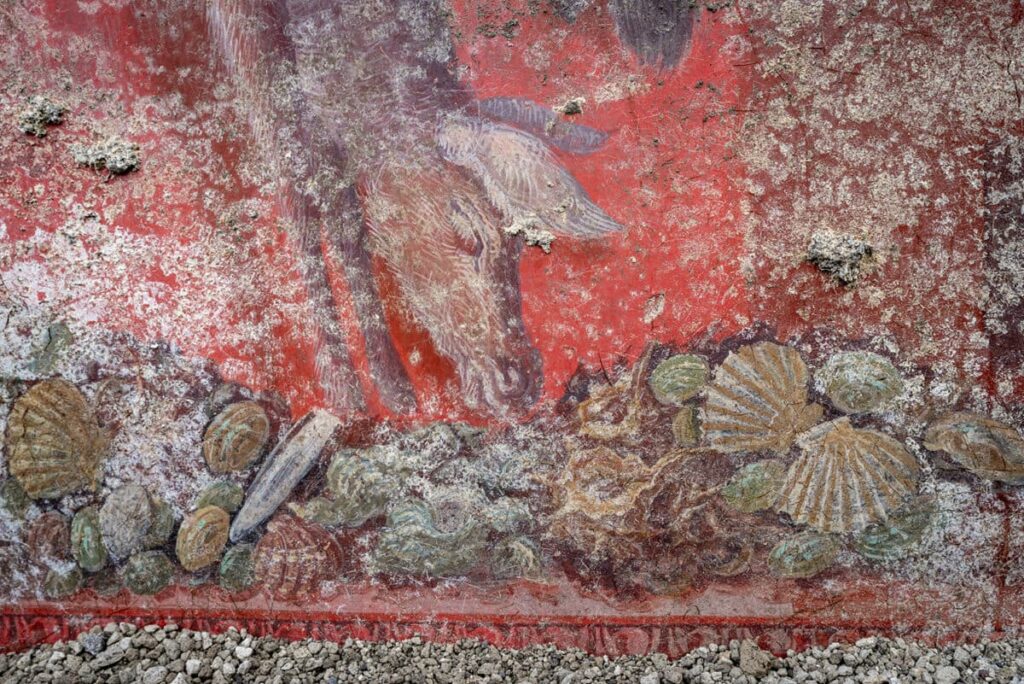
Archaeological Park of Pompeii
Cover Image Credit: Archaeological Park of Pompeii


